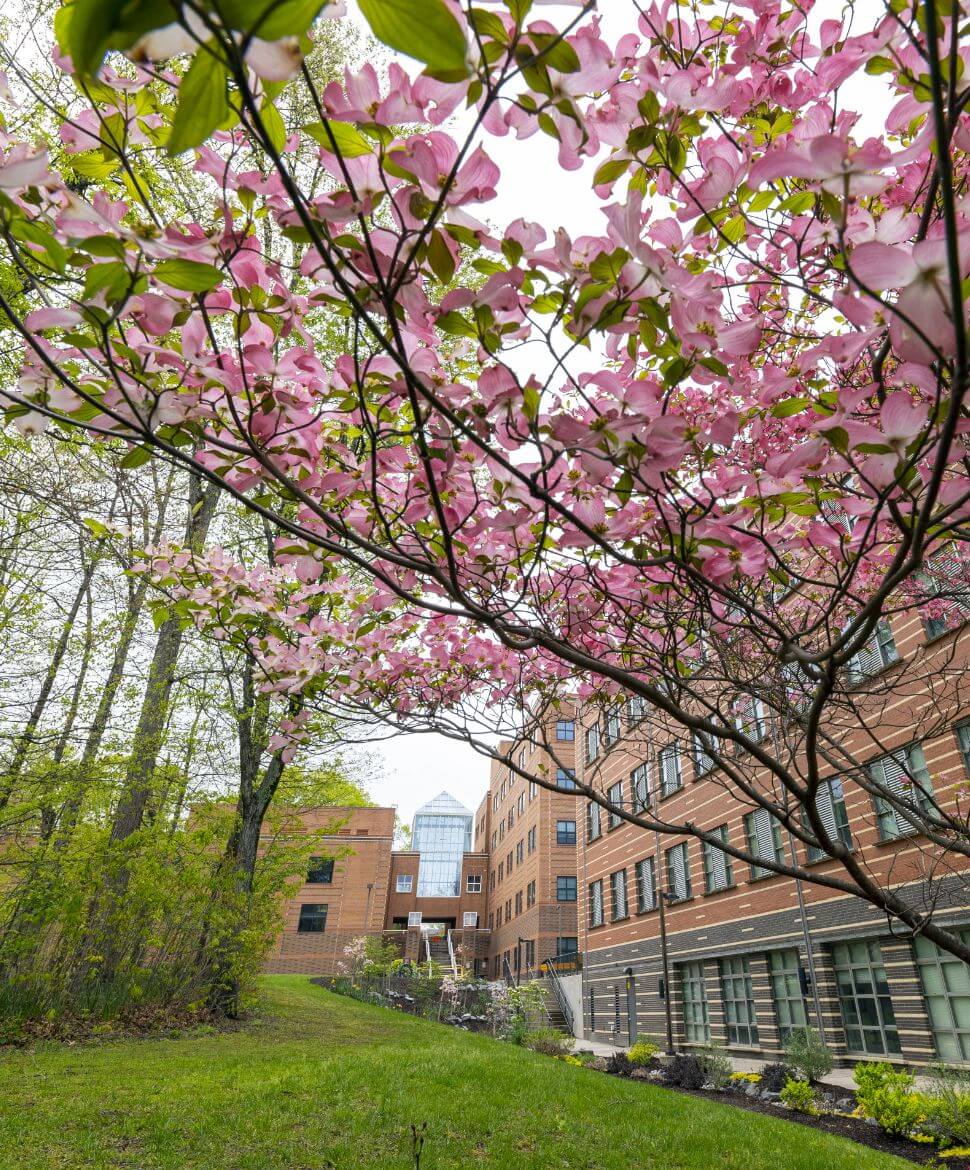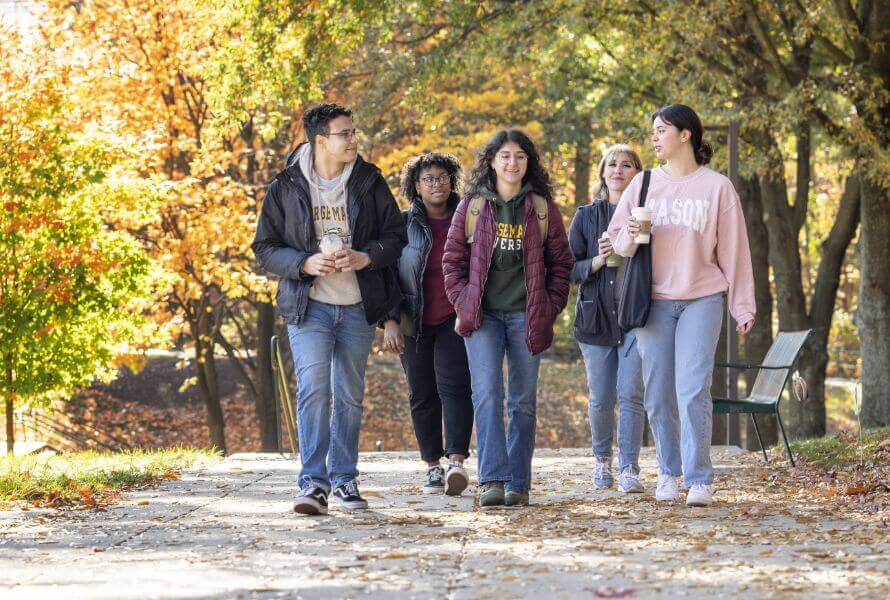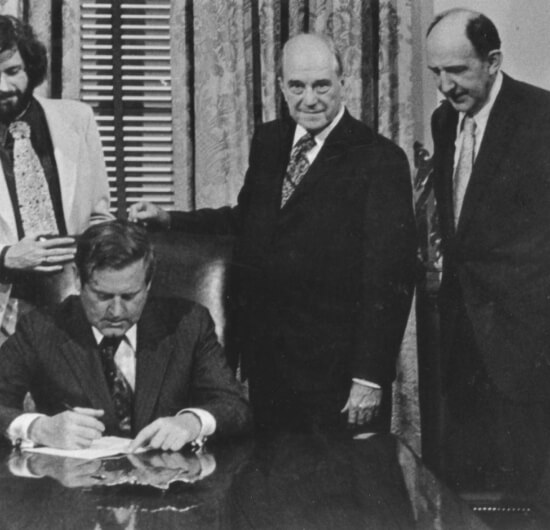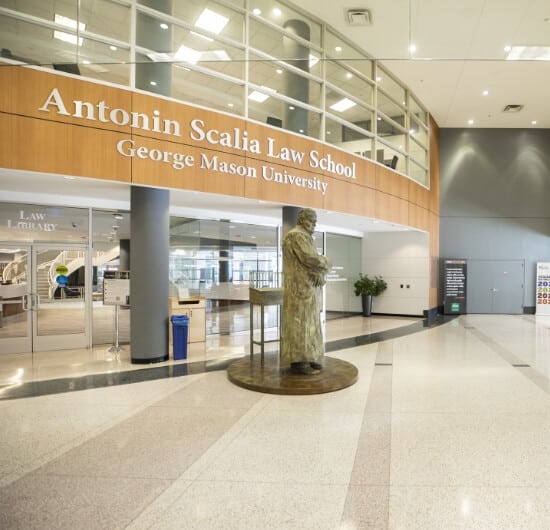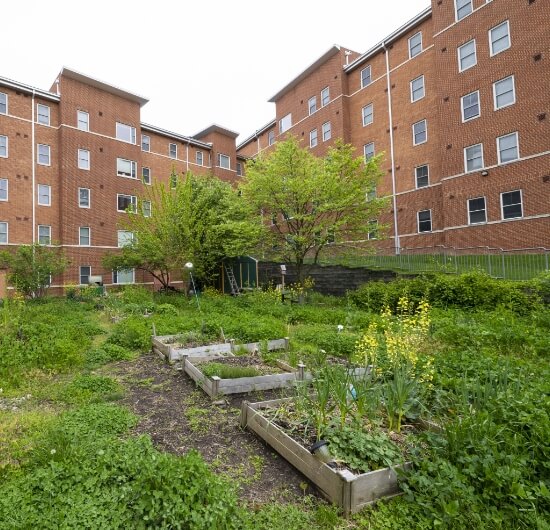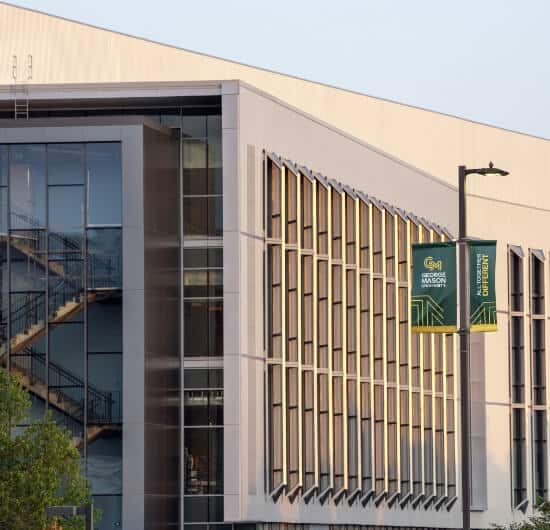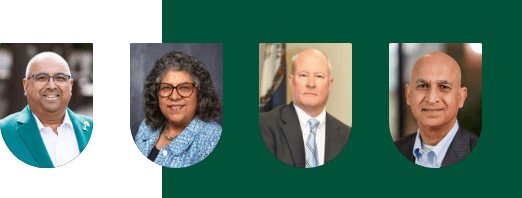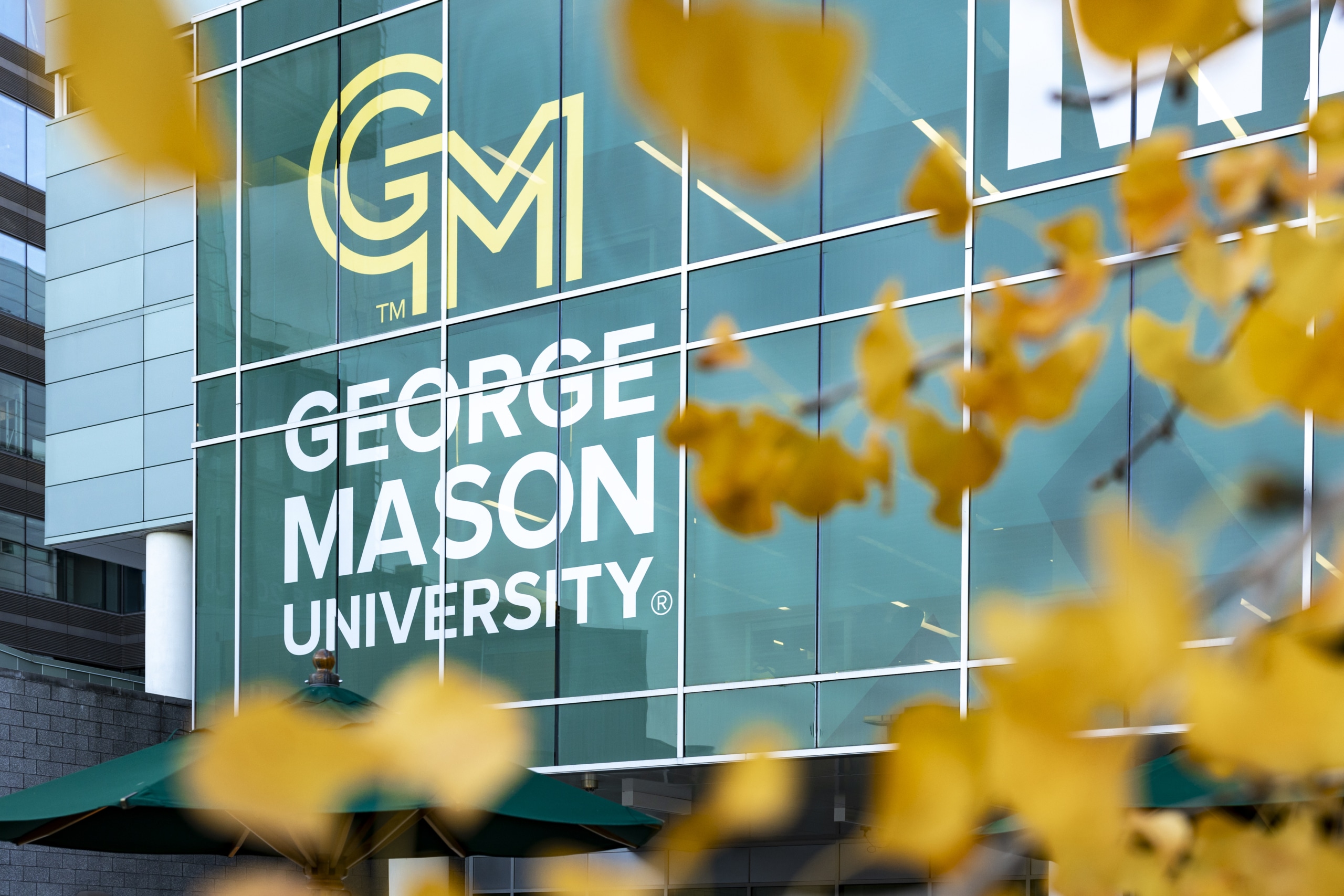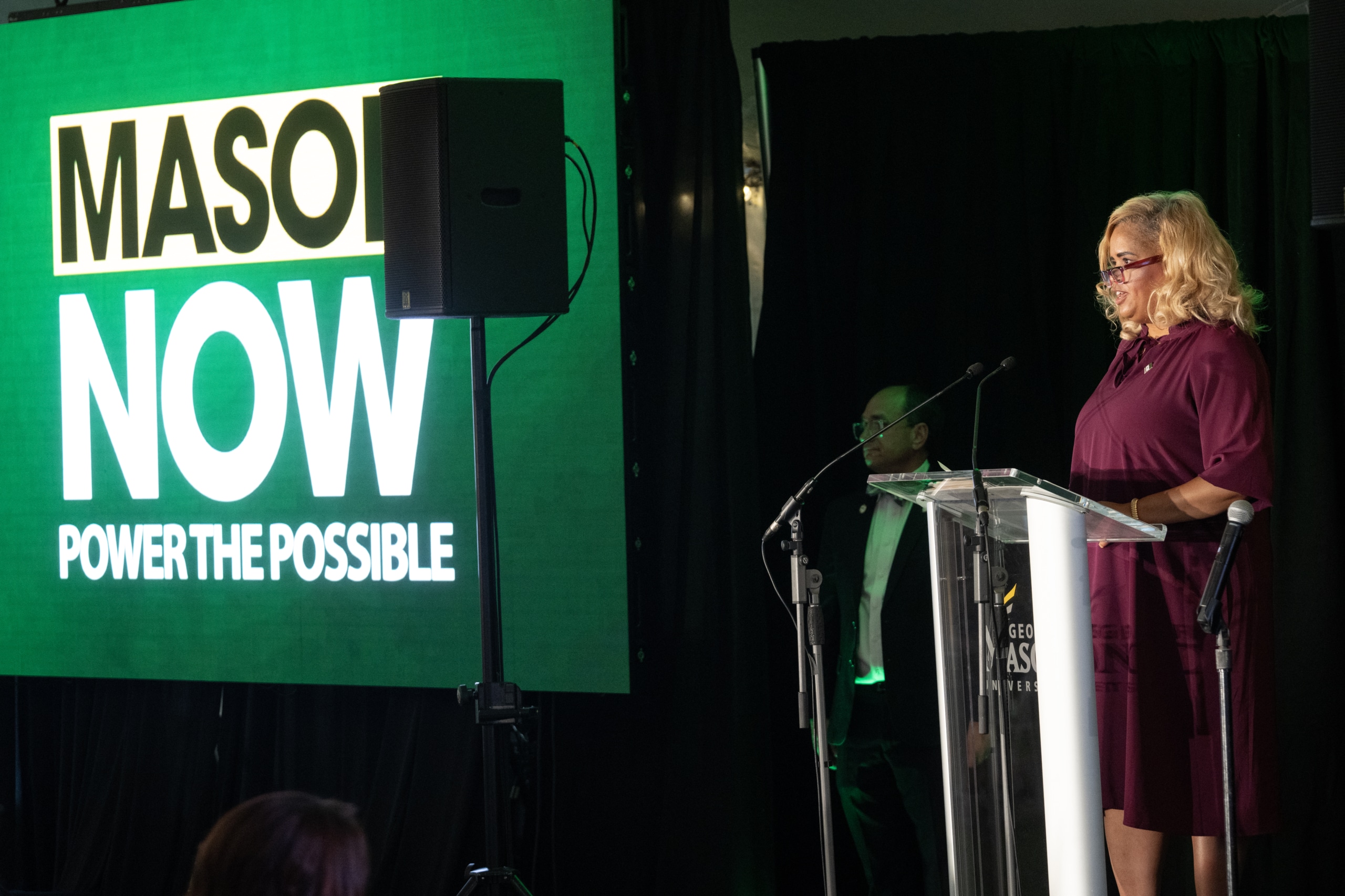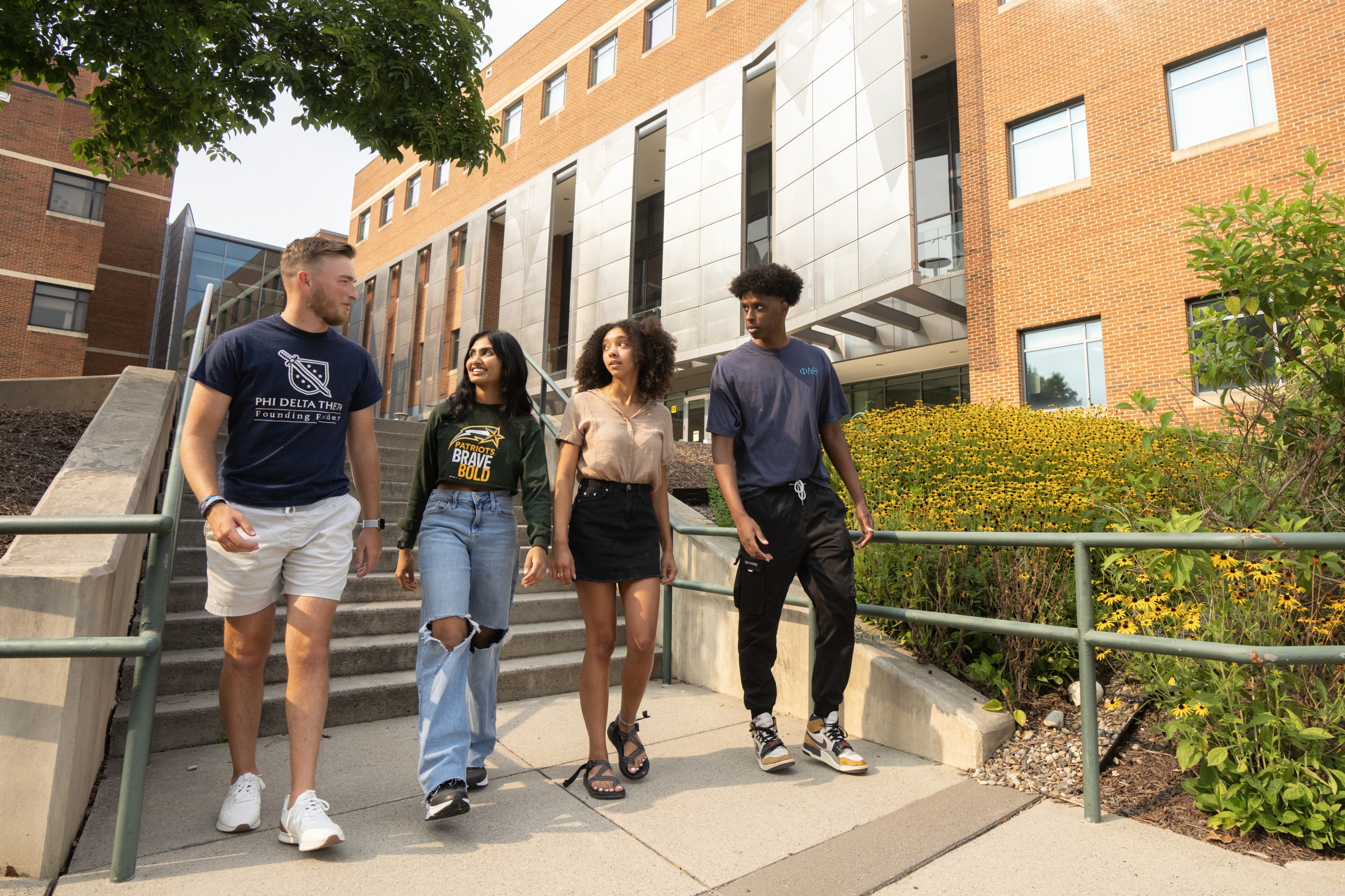Image: Governor A. Linwood Holton signs H-210 separating George Mason College from the University of Virginia, April 7, 1972. Image courtesy of the George Mason University Broadside Photograph Collection.
1966
The George Mason University Foundation, Inc. is formed to purchase, accept, and hold real estate and private resources to benefit George Mason University.
1971
With a $25,000 contribution from LeRoy Eakin, Sr., the foundation established George Mason’s first endowed faculty position.
1972
Official separation from UVA is achieved, and the Foundation secures the Fairfax High School site for expansion.
